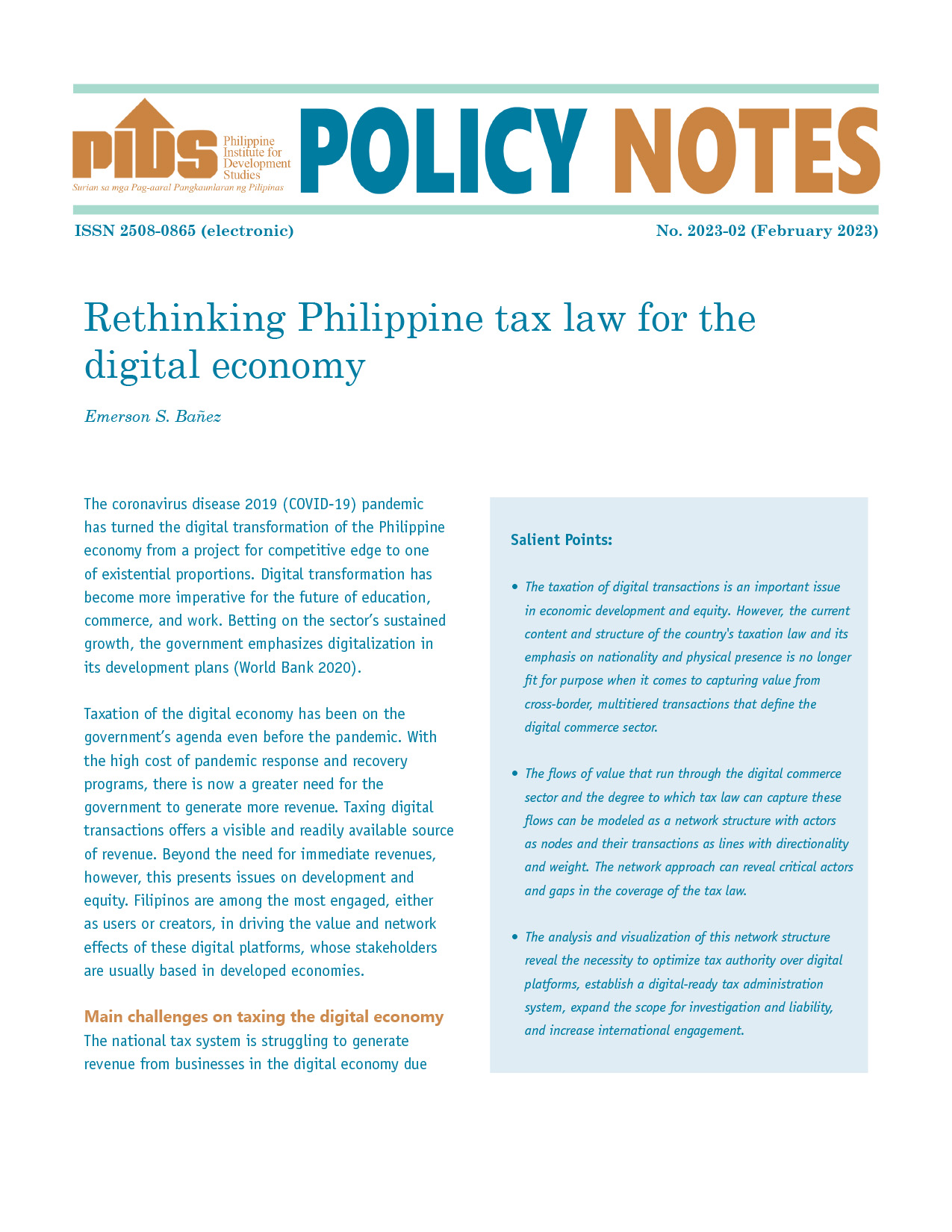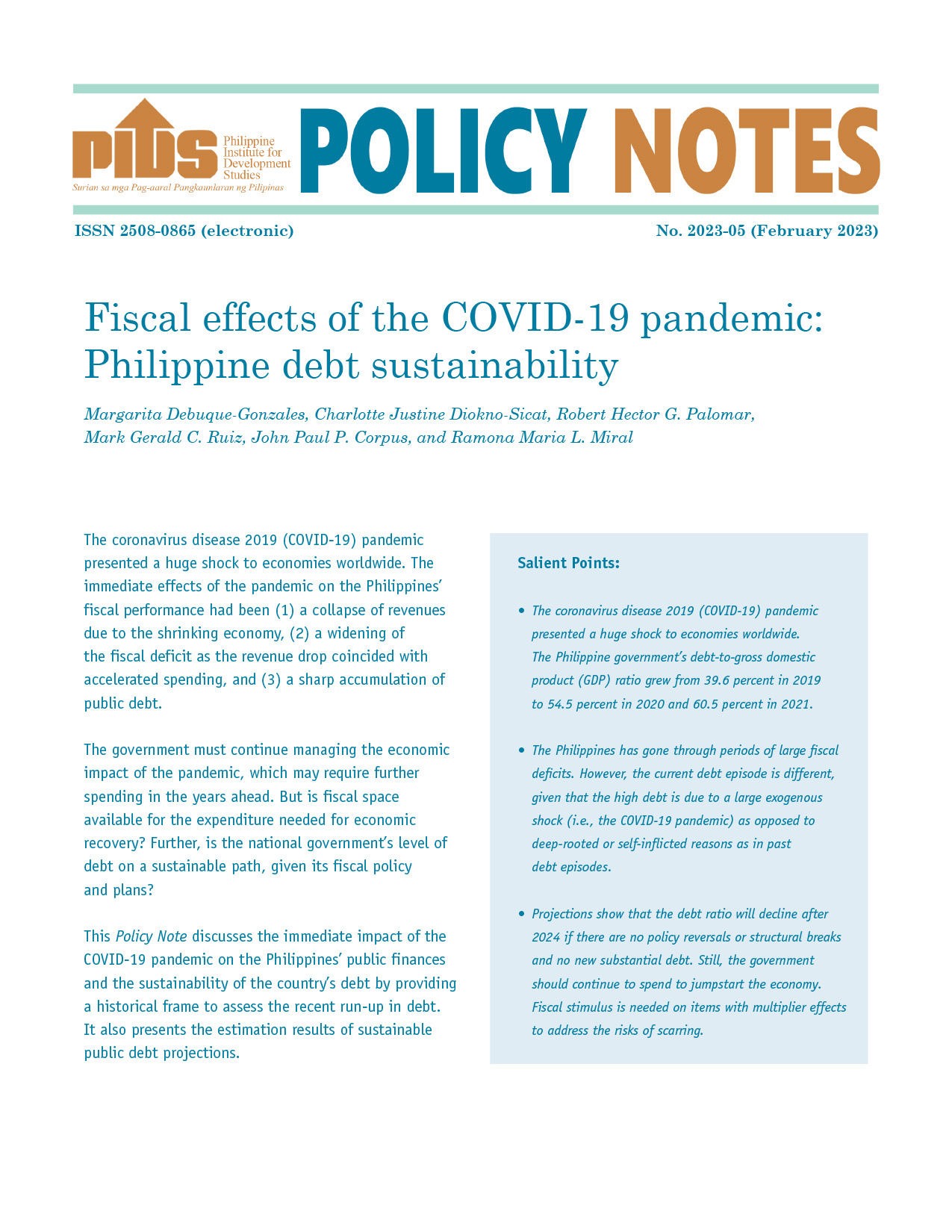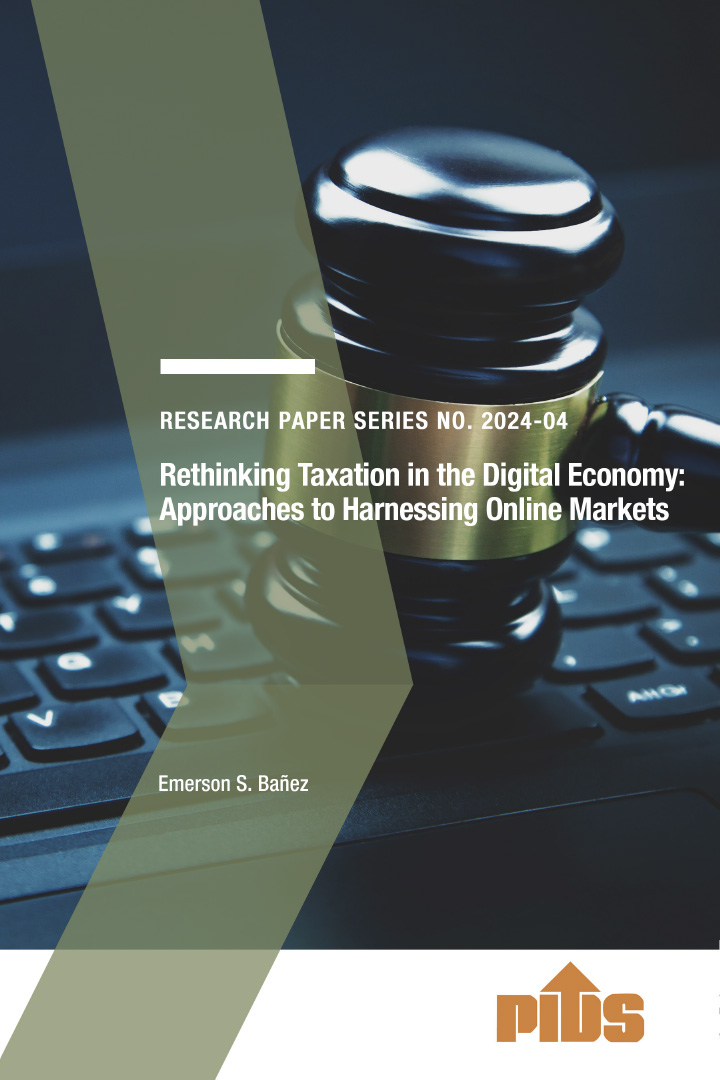SPENDING inefficiencies by local government units (LGUs) will not likely deter economic growth as a greater bulk of the budget remains with the National Government, an analyst said.
“While spending may indeed be inefficient for some local government units who have low technical and absorptive capacity, it is incorrect to entirely attribute slowdown in economic growth to inefficient spending of LGUs,” Institute for Leadership, Empowerment, and Democracy (I-LEAD) Executive Director Zy-za Nadine Suzara said.
The Department of Finance (DoF) last month said the Supreme Court’s Mandanas ruling that expands local governments’ share in national taxes starting next year would lead to lower economic growth.
The DoF said the higher tax allocation for local government units would dampen spending efficiency — which measures the share of funds that create jobs or stimulate demand to total spending — because the National Government usually spends at double the pace.
But Ms. Suzara said that funds allocated for the Mandanas ruling represent just a fifth of the national budget.
“A large part remains with the National Government. Thus, if government spending is to make an impact on economic growth, it would still depend largely on the National Government, not the LGUs,” she said in a Viber message.
Factors that could dampen the contribution of government spending on economic growth include the ban on project implementation until after the elections next year, and limited spending from major agencies because of the pandemic, she said.
A public works ban will run from March 25 to May 8, 2022, and covers disbursement and spending as well as construction activity. This is aimed at preventing politicians from using state resources for their election campaign.
The emergence of more coronavirus disease 2019 (COVID-19) variants could also affect national and local government spending in the future.
In response, Ms. Suzara said National Government agencies need to spend their unused funds before the election ban and speed up their devolution transition plans to assist local governments.
“For LGUs, capacity development in areas like local fiscal policy and planning, investment programming, procurement and project implementation is critical,” she said.
Philippine Institute for Development Studies (PIDS) Research Fellow Charlotte Justine Diokno-Sicat said local governments must improve their use of funds by strengthening investment programs — such as local water service delivery — and spend on them.
Municipalities in 2017 just spent an average of 76% of their local development funds.
“We estimated the infrastructure gaps for municipalities to be P170 billion for roads, rural health units and evacuation centers existing in 2017,” she said in an e-mail.
Government institutions also have to avoid overlap as they devolve the provision of services to constituents, including oversight and regulation, she added.
The Supreme Court’s Mandanas ruling is named after Batangas Governor Hermilando I. Mandanas who successfully challenged the government’s previous position that LGUs were entitled to a smaller share of National Government funds.
President Rodrigo R. Duterte in June signed Executive Order (EO) 138 which transfers a number of basic services to LGUs by 2024. With this, the government is shifting programs and projects, worth an estimated P234.4 billion, to LGUs.
World Bank estimates found that tax allotments to LGUs could grow by 55% to 1.08 trillion next year.
Funds that the LGUs fail to spend could increase by P155 billion next year, or the equivalent of 0.7% of gross domestic product, if their capability to enforce projects are not upgraded, the World Bank said in June.
LGU COLLECTIONS
Meanwhile, local government collections dipped in the third quarter as provinces, cities, and municipalities rely on their share of national taxes to fund operations and projects, the DoF said.
Collections from locally sourced revenue fell by 0.33% to P208.98 billion in the third quarter versus the same period last year, the department said in a press release on Tuesday.
However, local government collections are up by 23.41% versus the second quarter.
End-September collections account for 92% of the full-year collection target of P223.9 billion.
The total current operating income of LGUs reached P648.7 billion in the third quarter, up by 0.38%.
Locally sourced revenues make up 32% of that total, or P208.98 billion. Meanwhile, internal revenue allotment — or LGU share of national revenue — represents 64% of the total at P414.5 billion.
“In aggregate terms, LGUs’ dependence on external sources (e.g. internal revenue allotment, other transfers from the National Government) in the third quarter of 2021 reached 68%, which is 0.72% or P3.14 billion higher than the third quarter 2020 levels,” Bureau of Local Government Finance Executive Director Niño Raymond Alvina said.












